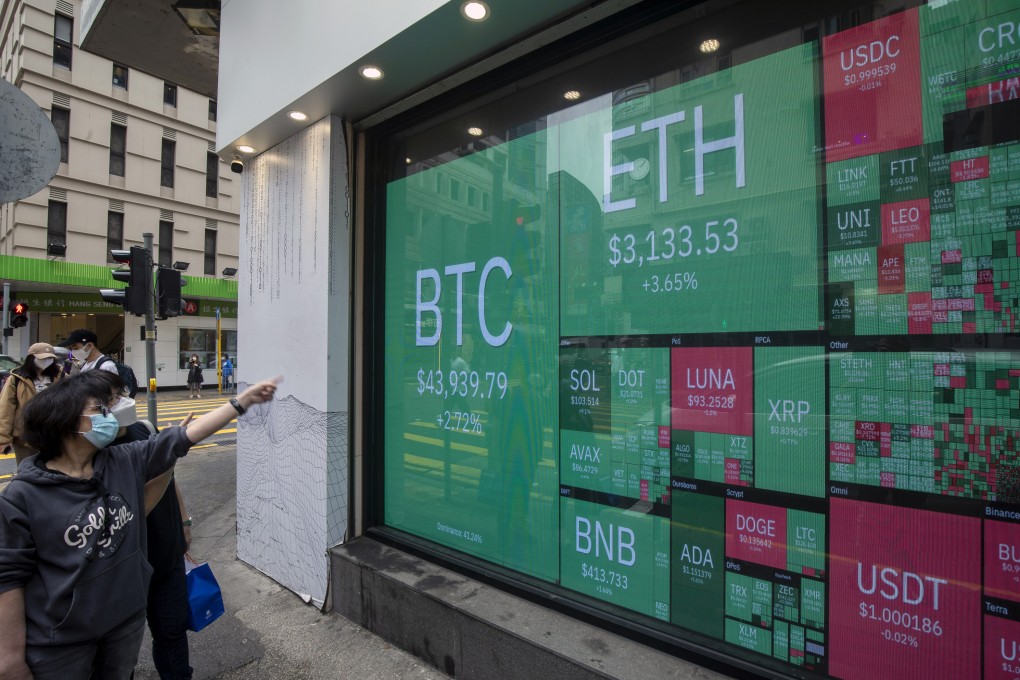Advertisement
The View | Cryptocurrencies need more than Russia sanctions to beat US dollar hegemony
- Cryptocurrency enthusiasts are pushing digital currencies as a viable alternative amid Russia’s search for ways to navigate Western sanctions
- Efforts to move cryptocurrencies into the mainstream are doomed, though, as long as their many practical problems remain unresolved
Reading Time:3 minutes
Why you can trust SCMP
3

One of the unintended consequences from the war in Ukraine could be the undermining of US dollar status as the global reserve currency. As sanctions on Russia get tougher, leading to most Russian banks being cut off from the global financial system, some countries could contemplate a geopolitical alternative to the dollar.
Advertisement
Some financial analysts have again floated the advantages of a decentralised cryptocurrency such as bitcoin, currently valued at around US$47,000. The likes of Ray Dalio, former Twitter CEO Jack Dorsey and Tesla CEO Elon Musk have all been bullish on bitcoin’s future amid rising US inflation.
Many governments have taken measures to restrict bitcoin’s use within their borders, though, with El Salvador the only country to accept bitcoin as legal tender. So, how realistic is the prospect of decentralised cryptocurrencies replacing the US dollar despite the ongoing global financial volatility?
Numerous cryptocurrency enthusiasts seem to believe that fiat currencies, especially the US dollar, are created out of thin air but overlook the complicated financial institutional mechanisms behind it. The Federal Reserve, like any other country’s central bank, makes loans to banks against collateral to create new currency backed by these loans.
Banks typically have more assets – in the form of loans, securities and cash – than liabilities, which include the deposits of their customers.
Advertisement
In essence, central banks’ liabilities are all the money they create through loans to banks. Their assets are all their loans and bonds. All money generated is covered by assets, which does not apply to cryptocurrencies.

Advertisement
